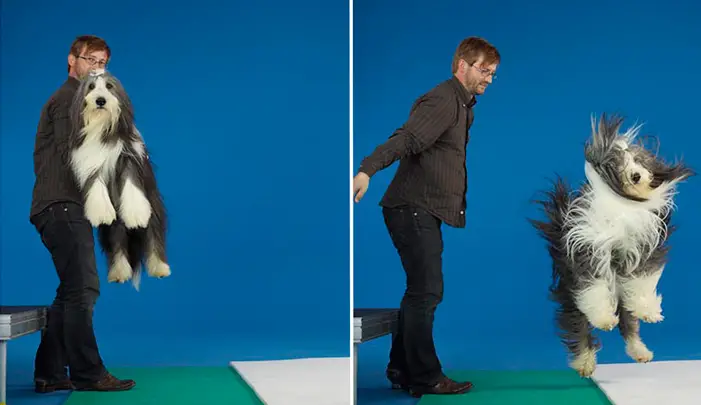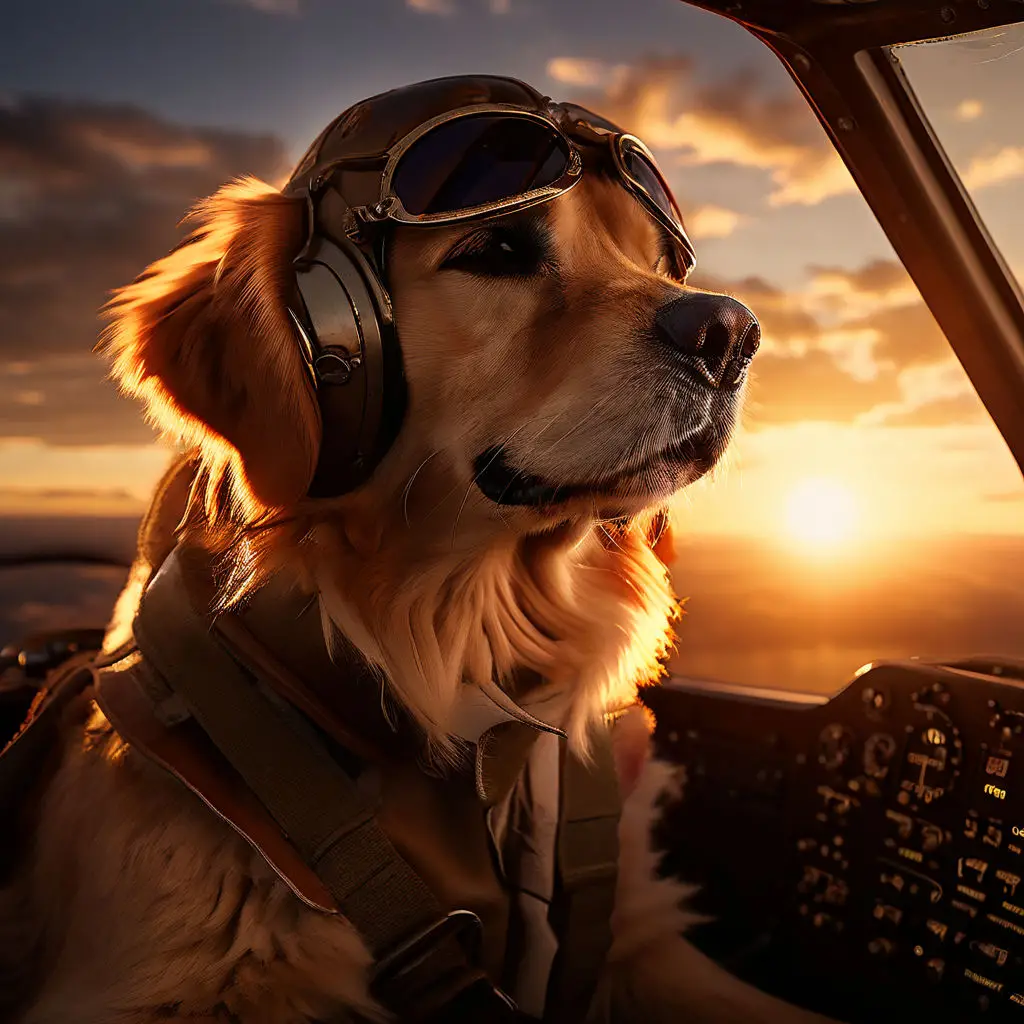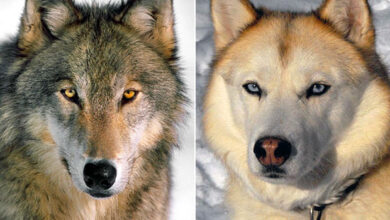The Dog Who Could Fly Fact or Fiction?

the dog who could fly. Dogs have long been beloved companions of humans, known for their loyalty, playfulness, and ability to learn remarkable tricks. But what if there was a dog who could do more than just fetch a stick or roll over? What if there was a dog who could actually fly? This may sound like something out of a fairy tale or a fantasy movie, but the idea of dogs having the ability to fly has been a topic of fascination and debate for centuries.
In this blog post, we will delve into the legends and theories surrounding flying dogs, explore the science behind canine flight, examine the cultural and psychological impact of this belief, and look into the future possibilities of technology and innovation in making this myth a reality.
Exploring the Legends of Flying Dogs
The concept of flying dogs is not a new one. In fact, it can be traced back to ancient civilizations such as Egypt and China. In Egyptian mythology, Anubis, the god of death, was often depicted with the head of a jackal and believed to possess the power of flight. Similarly, Chinese folklore included stories of flying dogs that were able to transport souls to the afterlife.
But perhaps the most well-known legend of a flying dog comes from Greek mythology. The story of Canis Major, the constellation also known as the Great Dog, tells the tale of Laelaps, a dog gifted with incredible speed and agility by Zeus. Laelaps was said to be able to catch any prey, even the elusive Teumessian fox, which was destined never to be caught. But when Zeus saw that the two would be locked in an eternal chase, he turned them both into constellations, with Laelaps representing the constellation of Canis Major.
The Science Behind Canine Flight: A Myth Debunked
While these legends and myths may be entertaining, they are just that – myths. The truth is that dogs, like all other mammals, are not capable of true flight. In order to fly, an animal must have wings or some form of propulsion. However, this does not mean that dogs are completely incapable of mid-air movement.
The closest thing to flying that a dog can do is jumping and leaping. Dogs are known for their incredible jumping abilities, with some breeds able to jump over six feet in the air. This is due to their powerful leg muscles and flexible joints, as well as their innate sense of balance and coordination. Certain dog breeds, such as Greyhounds and Whippets, are also known for their speed and agility, which can give the illusion of flying when they run at full speed.
The Extraordinary Abilities of Dogs: Leaping, Jumping, and the Illusion of Flight
The fact that dogs are unable to fly has not stopped them from attempting to do so. In fact, there have been many documented cases of dogs attempting to jump off high places, such as balconies or rooftops, in an apparent attempt to fly. While these attempts often end in injury or even death, they showcase the extraordinary abilities of dogs and their drive to explore and push their limits.
One famous example of a dog attempting to fly is the story of Airborne, a Golden Retriever who attempted to jump off the Eiffel Tower in Paris in 1984. The dog’s owner, Dean Jeffries, had trained Airborne to jump off platforms and parachuted her from airplanes as part of a stunt show. When they arrived in Paris, Jeffries was determined to have Airborne make the ultimate jump off the iconic landmark. However, before he could carry out his plan, police intervened and Airborne was taken away. While this may seem like a cruel and reckless act, Jeffries maintained that Airborne was well-trained and would have safely landed using a parachute.
The Dog Who Could Fly: A Literary and Cinematic Exploration
The idea of a dog who could fly has captured the imagination of writers and filmmakers for years. In literature, flying dogs are often portrayed as supernatural or mythical creatures, such as Fenrir from Norse mythology or Fluffy from the Harry Potter series. On the other hand, some authors have taken a more scientific approach, exploring the possibilities of genetically engineered flying dogs or using technology to make it possible.
In cinema, we see a similar trend. Movies like “Up” and “Air Bud” feature dogs who defy gravity and soar through the air. These depictions, while entertaining, are not based in reality. However, there are a few cases where real-life dogs have been trained to perform stunts that could be seen as flying, such as in the movie “Air Buddies” where the dogs are seen jumping off a cliff and gliding with parachutes. But even then, it is important to remember that these are trained and controlled stunts and not actual flight.
The Psychology of Believing in the Supernatural: The Allure of Flying Dogs
So why are humans so drawn to the idea of flying dogs? The answer may lie in our fascination with the supernatural and the unknown. Our brains are wired to seek out patterns and explanations for things that we do not understand. This may explain why many ancient cultures believed in deities and creatures with extraordinary abilities, such as flying dogs. Even in modern times, we continue to be captivated by stories and legends of fantastical creatures.
Additionally, our love for dogs as companions and their perceived loyalty and obedience may also play a role in our desire to believe that they are capable of something so extraordinary. We see them as intelligent and trainable creatures, so the idea of them achieving the impossible is not too far-fetched for us to believe.
From Myth to Metaphor: The Symbolism of a Dog Who Could Fly
While the idea of a dog who could fly may be rooted in mythology and folklore, it has also been used as a metaphor in literature and art. Flying dogs have been seen as symbols of freedom, independence, and the ability to overcome obstacles. In art, they are often depicted as guardians or protectors, soaring above and watching over their human counterparts.
In some cases, flying dogs have also been used to represent the idea of reaching for the impossible. They serve as a reminder that with determination and perseverance, anything is possible. This symbolism has been depicted in various forms of media, such as posters, paintings, and even tattoos.
The Impact of Flying Dogs on Popular Culture and Folklore
The concept of flying dogs has had a lasting impact on popular culture and folklore. It has been embraced by different cultures and has been incorporated into their traditions and beliefs. For example, in Chinese astrology, the year 2018 was known as the Year of the Dog and was represented by a flying dog. This symbolizes the idea of good fortune and prosperity, as well as the ability to transcend boundaries and soar to new heights.
In addition, flying dogs continue to be featured in books, movies, and television shows, captivating audiences and inspiring their imaginations. They have become a part of our collective consciousness, representing the idea of what is possible and sparking our curiosity and wonder.
Dog Breeds Known for Their Remarkable Jumping Abilities
As mentioned earlier, certain dog breeds possess extraordinary jumping abilities that can give the illusion of flight. Let’s take a look at some of these breeds and what makes them so impressive.
- Greyhounds – These graceful and athletic dogs are known for their speed and agility. They have long, muscular legs and a flexible spine, allowing them to reach high speeds and leap over obstacles with ease.
- Whippets – Similar to Greyhounds, Whippets are also known for their speed and jumping abilities. They have a sleek and slender build, making them lightweight and able to jump high.
- Jack Russell Terriers – These small but mighty terriers were originally bred for hunting foxes and other small prey. They have powerful hind legs and a tenacious nature, which makes them excellent jumpers.
- Border Collies – This highly intelligent and energetic breed is known for their remarkable agility and ability to perform advanced tricks. They are often trained for dog sports such as agility and flyball, where their jumping skills are put to the test.
The Future of Canine Flight: Exploring the Possibilities of Technology and Innovation
While it may not be possible for dogs to fly in the traditional sense, technology and innovation continue to push the boundaries of what is possible. In recent years, there have been advancements in drone technology and aerial harnesses that allow dogs to be lifted off the ground and “fly” for short distances.
Furthermore, with the rise of virtual reality and augmented reality, it is not hard to imagine a future where humans can experience the sensation of flying alongside their canine companions. This may not be true flight, but it could offer a closer experience to the fantastical idea of a dog who could fly.
Conclusion
In conclusion, while the concept of a dog who could fly may seem purely fictional, it has a long and fascinating history. From ancient myths and legends to modern literature and cinema, the idea of canine flight has captured our imagination and sparked our curiosity.
But as we have explored, the truth is that dogs are not capable of true flight. However, their remarkable abilities to leap and jump continue to amaze and inspire us. And with technology and innovation, who knows what the future holds? Perhaps one day, we will witness a real-life flying dog. Until then, the legend of the dog who could fly will continue to live on in our imaginations and hearts.












